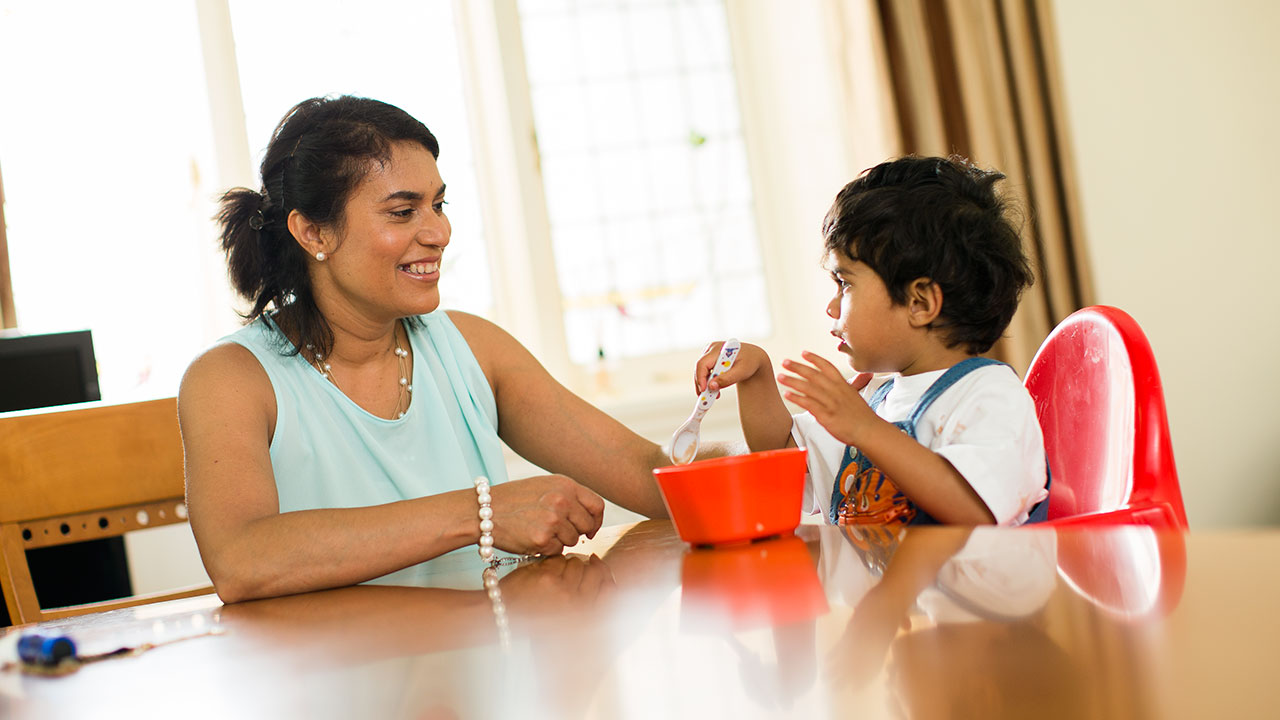Top 5 Insights for Multicultural Family Parenting
Embrace diversity by celebrating unique traditions, values, and cuisines. Communicate clearly, listen actively, and be mindful of cultural nuances for effective interaction. Foster children’s cultural identity by engaging in celebrations, encouraging native language use, and promoting bilingualism. Resolve conflicts by addressing differences respectfully, listening with empathy, and valuing diverse viewpoints. Build a supportive community through workshops, connecting with other parents, attending cultural events, and creating networks for multicultural families. These insights lay a solid foundation for nurturing diverse familial relationships and creating an inclusive environment.
Key Takeaways
- Embrace cultural diversity to celebrate unique traditions and values.
- Use effective communication strategies like active listening and empathy.
- Nurture children’s cultural identity through celebrations and language.
- Resolve conflicts respectfully, considering cultural differences.
- Build a supportive community by connecting with other multicultural families.
Embracing Cultural Diversity

Embracing cultural diversity within a multicultural family setting entails fostering an environment that celebrates and respects the unique traditions, beliefs, and values of each member’s heritage. Celebrating traditions is a cornerstone of multicultural family life. It involves participating in festivals, rituals, and ceremonies that hold significance for each culture represented in the family. By actively engaging in these customs, family members gain a deeper understanding and appreciation for one another’s background.
Exploring cuisines is another crucial aspect of embracing cultural diversity. Food plays a central role in many cultures, reflecting history, geography, and social customs. Encouraging the exploration of diverse cuisines within a multicultural family can lead to delightful culinary experiences and broaden everyone’s palate. Trying traditional dishes from different cultures not only introduces new flavors but also serves as a way to bond over shared meals.
In essence, celebrating traditions and exploring cuisines are essential components of embracing cultural diversity within a multicultural family. These practices foster unity, mutual respect, and a sense of belonging among family members from diverse cultural backgrounds.
Effective Communication Strategies

Utilizing clear and empathetic communication techniques is paramount for fostering understanding and harmony within a multicultural family dynamic. Active listening plays an essential role in effective communication, allowing family members to truly hear and comprehend each other’s perspectives.
By actively engaging in open dialogue, individuals can express their thoughts and feelings, leading to more profound connections and mutual respect.
Nonverbal cues are equally significant in communication within multicultural families. Since language barriers may exist, paying attention to body language, facial expressions, and gestures can help bridge gaps in understanding.
A nod or a smile can convey warmth and acceptance, even when words fail to do so.
Comparatively, in multicultural families, the interpretation of nonverbal cues may vary across different cultures. What’s considered respectful in one culture may be perceived differently in another.
Therefore, being mindful of these cultural nuances is essential for effective communication and building strong familial bonds.
Nurturing Cultural Identity in Children

Nurturing a strong sense of cultural identity in children within multicultural families is essential for their overall development and understanding of their heritage. Engaging in cultural celebrations plays an important role in this process. By actively participating in traditional festivities, such as Lunar New Year or Diwali, children not only learn about their roots but also develop a sense of belonging and pride in their cultural background.
Language learning is another key aspect of nurturing cultural identity in children. Encouraging kids to speak their native language at home helps them maintain a connection to their heritage and facilitates communication with extended family members. Bilingualism or multilingualism can also open doors to new opportunities and broaden their worldview.
Comparatively, children who are exposed to multiple languages and cultural celebrations tend to have higher levels of cultural competence and adaptability. These skills are invaluable in an increasingly diverse world, enabling children to navigate different cultural contexts with ease and respect.
Resolving Conflicts Respectfully

To foster healthy relationships and maintain harmony within multicultural families, it’s essential to address conflicts respectfully and constructively. Conflict resolution in multicultural families often involves maneuvering through various cultural differences. Different cultural backgrounds can lead to distinct conflict resolution styles, communication norms, and values. It’s vital to understand and respect these differences when resolving conflicts within a multicultural family setting.
Respectful communication is key to resolving conflicts in a multicultural family. Encouraging open dialogue, active listening, and empathy can help family members express their concerns effectively while understanding the perspectives of others. By valuing each other’s viewpoints and communicating respectfully, conflicts can be resolved in a way that strengthens relationships rather than causing further divisions.
Family values play a significant role in conflict resolution within multicultural families. Understanding and acknowledging each other’s values, traditions, and beliefs can foster a sense of unity and empathy, making it easier to find common ground and resolve conflicts respectfully. By prioritizing respect and understanding, multicultural families can address conflicts in a positive and constructive manner.
Building a Supportive Community

Building a robust network of supportive individuals and resources is essential for multicultural families facing the challenges of blending different cultural backgrounds. One way to establish this support system is by participating in parenting workshops. These workshops provide valuable insights, strategies, and tools for maneuvering the complexities of raising children in a multicultural environment. They offer a platform for parents to connect, share experiences, and learn from each other.
Another effective method of building a supportive community is through attending cultural events. These events not only celebrate the diversity of different cultures but also provide opportunities for families to interact with others who share similar backgrounds. By engaging in cultural festivities, multicultural families can forge connections, gain a sense of belonging, and access resources that cater to their specific needs.
Comparatively, while parenting workshops offer practical guidance, cultural events foster a sense of community and belonging. Both avenues play a vital role in creating a supportive network that empowers multicultural families to navigate the complexities of blending different cultural backgrounds.
Frequently Asked Questions
How Can We Navigate Cultural Differences in Everyday Routines?
In everyday routines, negotiating traditions can foster unity in multicultural families. Embrace diversity by blending cultural celebrations. Discuss expectations openly, find common ground, and appreciate differences. Encourage participation in each other’s customs to promote understanding and harmony.
What Are Some Creative Ways to Teach Children About Diverse Cultures?
To teach children about diverse cultures, try cooking cultural cuisine together, celebrating festive holidays from different backgrounds, sharing stories, and exploring art from various traditions. These hands-on activities foster understanding and appreciation for diversity.
How Do We Handle Disagreements About Parenting Approaches?
When handling disagreements about parenting approaches, co-parenting compromise is key. Balancing traditions and sharing responsibilities require respectful communication. By actively listening, considering each other’s perspectives, and finding common ground, you can navigate challenges effectively.
Can You Provide Tips for Fostering a Sense of Belonging for Mixed-Race Children?
To foster a sense of belonging for mixed-race children, encourage identity exploration through open discussions. Get involved in diverse communities to build connections. Celebrate your child’s heritage by incorporating traditions from both backgrounds.
Where Can We Find Resources for Multicultural Family Activities?
You can find resources for multicultural family activities in a variety of places. Consider cultural festivals and community centers for hands-on experiences. Online forums and parenting groups offer a virtual space to connect with others and discover new ideas.
Conclusion
To sum up, embracing cultural diversity, effective communication strategies, nurturing cultural identity in children, resolving conflicts respectfully, and building a supportive community are all essential insights for successful multicultural family parenting.
By incorporating these key elements into your parenting approach, you can create a harmonious and enriching environment for your family.
Remember, embracing and celebrating diversity won’t only benefit your children, but also strengthen the bond within your family unit and community.

Hey there! 👋 I’m a proud mom and passionate writer, sharing my parenting journey. 📝 Join me as I navigate the ups and downs of motherhood, offering tips, advice, and a sprinkle of humor along the way. 🌟







